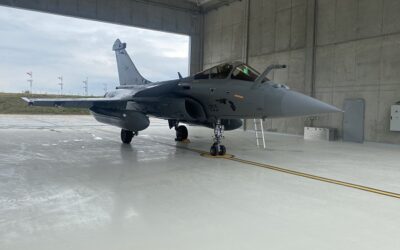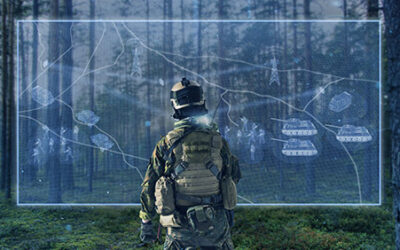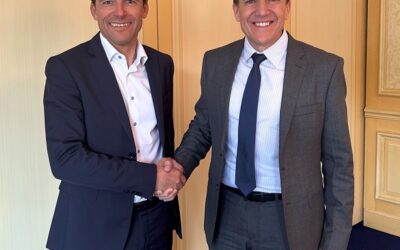Bundeswehr contracts expansion package of €260 million
The Federal Office for Bundeswehr (German Armed Forces) Equipment, Information Technology and In-Service Support (BAAINBw) has awarded Projekt System & Management GmbH, a consortium of Krauss-Maffei Wegmann (KMW) and Rheinmetall, an order for a PUMA infantry fighting vehicle (IFV) comprehensive expansion package with a gross value of €260 million. This order consists of four contracts, specifically, the development of a new turret-independent secondary weapon system (TSWA); Hensoldt‘s active MUltifunctional Self-protection System (MUSS); the installation of advanced visualisation and display technology; and the provision of new training resources.
In addition to this comes optional retrofitting with further components, for which €108 million has been allocated. A member of the defence consortium tasked with developing and producing the PUMA, Rheinmetall’s share in the current order comes to €115 million; commissioning of Rheinmetall within the consortium will take place in the next few weeks.
Hensoldt recently delivered the 200th equipment set for MUSS, to be integrated into PUMA. Deliveries currently amount to 1,000 components, comprising 800 sensor heads and 200 central units. Hensoldt is under contract to deliver in total approx. 350 MUSS equipment sets to primes KMW and Rheinmetall. Each MUSS consists of four warning sensors, a central unit, an infrared jammer head, jammer electronics and a novel alignable smoke grenade launcher. The warning sensors detect approaching missiles and laser beams aimed at the vehicle. The central unit activates an infrared jammer, which interferes with missiles’ guidance systems, and/or initiates the use of pyrotechnic countermeasures.
These expanded capabilities will further enhance the IFV’s combat performance in a number of areas as well as providing improved possibilities for training.
The TSWA will significantly strengthen the vehicle’s battlefield performance and especially its self-defence capabilities. Remotely controlled from the vehicle’s rear fighting compartment, it is an unmanned weapon station mounted on the rear section of the vehicle rather than on the rotatable turret. This means that threats can be addressed even at very close quarters without having to use the main armament, which is especially important in urban terrain, significantly enhancing crew protection. The TSWA fires 40mm lethal and non-lethal (e.g. tear gas and flash-bang) ammunition with a maximum range of 400 metres.
The new order includes sample integration, readying the system for full-scale production and fabrication of three TSWA prototypes. The actual serial production order, in which the entire Puma fleet will be retrofitted with the weapon system, is expected to come in 2023.
In the visualisation domain, the PUMA’s will be upgraded to meet current standards, with the current black and white monitor and accompanying optics being replaced by a state-of-the-art, high-performance colour displays. This will provide the vehicle commander and gunner with a high-resolution, highly detailed view of the surrounding terrain and the current tactical situation. It will also open up greater possibilities for reconnaissance and target engagement. A new infrared searchlight mounted on the rear of the vehicle will enhance the driver’s night vision capability. Just awarded, the development order includes sample integration of the visualisation technology into three vehicles, with exercise of a subsequent series production option envisaged for 2020.
Another order encompasses additional training resources for the operator of the Puma turret, one of the IFV’s most technically sophisticated subsystems. Separate turret training systems, consisting of the serial turret and the upper section of the PUMA’s hull, will in future enable the commander and gunner to train with no need for the actual vehicle. Maintenance personnel can practise repair and assembly procedures in a highly effective, highly realistic manner. This relieves the pressure on scarce resources as well as cutting costs, as it avoids tying up the vehicle hardware and results in less wear and tear. This way training can be conducted in a much more flexible way.
Delivery of the turret trainers is to take place during the 2019-2023 timeframe. The order includes 11 new turret trainers as well as the upgrade of an existing system, which will in future give the Bundeswehr a total of 12 systems, or two per battalion. Specifically, they will be deployed at all German mechanized infantry bases as well as at the Bundeswehr training centres in Aachen and Munster.
“With newly agreed measures, we are not only increasing the protection and effectiveness of the PUMA armored vehicle, but we are enabling much more flexible and large-scale training; also improving themanageability of the vehicles in combat,” Armin Schmidt-Franke, Vice President of BAAINBw, told MONS. “PUMA is thus making a big step towards full deployment.”

























